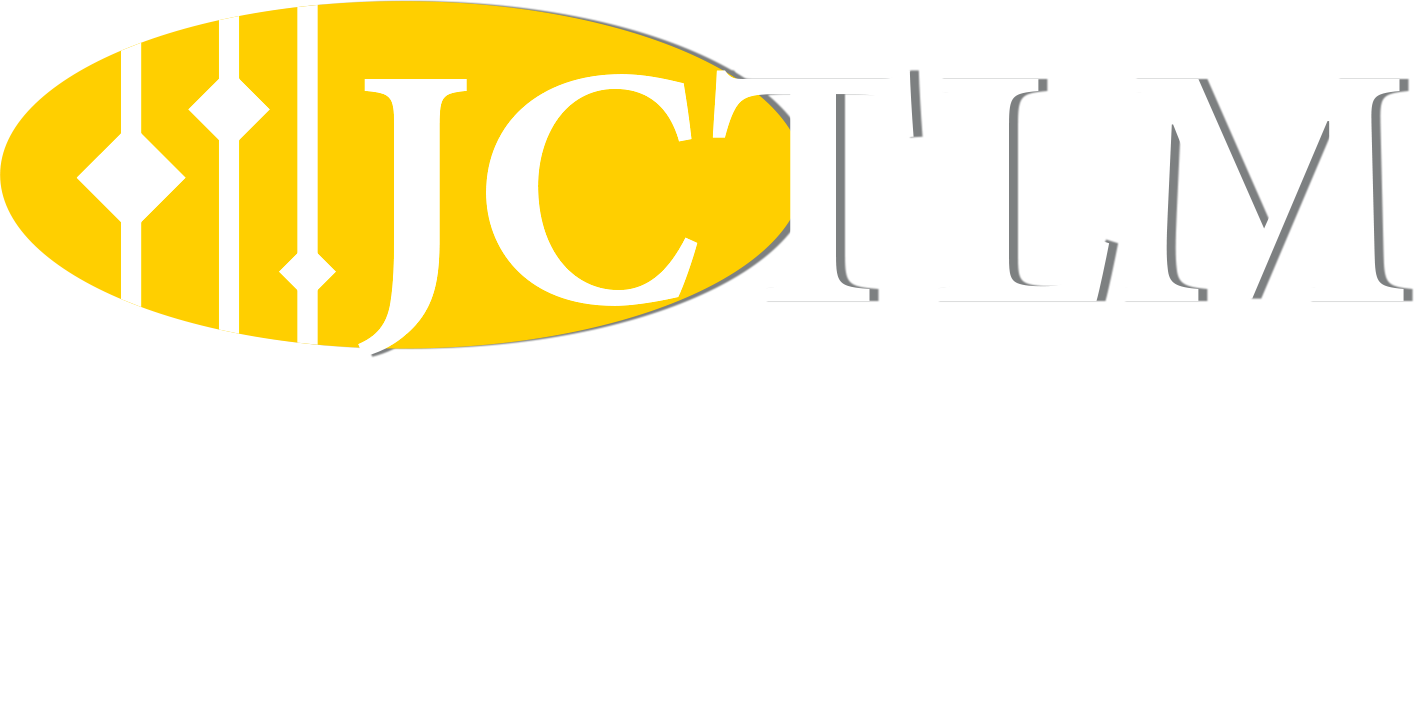JCTLM Task Force on Reference Measurement System Implementation (JCTLM-TF-RMSI)
Chair
Collegium Medicum in Bydgoszcz, Nicolaus Copernicus University in Toruń
Poland
Membership
The Task Force will comprise representatives from JCTLM members and stakeholders and experts in the field of laboratory medicine invited by the Chair and approved by the Executive.
Terms of reference
- Identify and describe available reference measurement systems and metrological traceability chains in their entirety, based on the information available on JCTLM database (reference materials and methods). This will permit to coordinate all information in a final, practically useful indication;
- Illustrate the evolution of measurement uncertainty through the entire metrological traceability chains as a tool to indicate areas for improvement for reference providers and IVD manufacturers, and to help prioritise future efforts;
- Identify those measurands for which further advancements to existing reference systems are needed or some components of the reference system are lacking (gap analysis);
- To review the JCTLM guidance document on reporting metrological traceability and propose modifications, based on the findings of the Task Group and consistent with the revised ISO 17511 standard;
- To report on the progress of the activity of the Task Force at future meetings of the JCTLM Executive Committee, and propose next steps on:
- What communication and publication can best promote implementation of reference systems by IVD Industry, based on the content of the draft report prepared by the Task Group;
- What measurands should be prioritized next and what future collaborative efforts between JCTLM and appropriate organizations can be encouraged, based on the gap analysis performed by the Task Group.
Background
The information regarding metrological traceability and uncertainty associated with commercial calibrators is often poor. Manufacturers only provide the name of higher-order reference material and/or procedure to which the assay calibration is traceable, without any description of implementation steps. Information such as the applied calibration hierarchy, the measurement uncertainty associated with calibrator and the employed acceptable uncertainty limits, if any, is partly or totally missing. On the other hand, laboratory users should be able to access the following: a) an indication of higher-order references (materials and/or procedures) used to assign traceable values to calibrators, b) which internal calibration hierarchy has been applied by the manufacturer and a detailed description of each step, c) the combined measurement uncertainty value of commercial calibrators, and which, if any, acceptable limits for uncertainty of calibrators were applied in the validation of the measuring system.
Accumulated experience is showing that standardization projects not only have to address metrological traceability, but should also consider the efficacy of its implementation. For instance, previous analyses highlighted how strongly the measurement uncertainty may be dependent on the type of traceability chain adopted by the IVD manufacturers to implement the traceability of their calibrators. Using the examples of glucose and creatinine, it has been shown that the selection of different types of traceability chains (all employing reference materials and procedures listed in the JCTLM database) may lead to different combined uncertainties at the level of commercial calibrators, not always permitting to fulfil the suitable uncertainty budget at the level of clinical sample measurements.
To improve the implementation by IVD manufacturers of metrological traceability, the identification and definition of available reference measurement systems and of metrological traceability chains in their entirety and not just in their main components (reference materials and methods) can be therefore very helpful.
Selected references
-
Panteghini M, Wielgosz R, Clin Chem Lab Med 2025; 63(8): 1494-1502
https://doi.org/10.1515/cclm-2025-0401
-
Panteghini M, Braga F, Camara J, Delatour V, Van Uytfanghe K, Vesper H, Zhang T, Clinical Chemistry, Volume 67, Issue 12, December 2021, Pages 1590–1605
https://doi.org/10.1093/clinchem/hvab178
-
Implementation of metrological traceability in laboratory medicine: where we are and what is missing
Panteghini M, Braga F, Clin Chem Lab Med 2020 Feb 18
https://doi.org/10.1515/cclm-2019-1128
-
Braga F, Panteghini M, Clin Biochem 2018;57:7-11
https://doi.org/10.1016/j.clinbiochem.2018.03.007
-
Braga F, Infusino I, Panteghini M, Clin Chem Lab Med 2015;53:905-12
https://doi.org/10.1515/cclm-2014-1240
-
Braga F, Panteghini M, Clin Chim Acta 2014;432:55-61
https://doi.org/10.1016/j.cca.2013.11.022
-
Implementation of standardization in clinical practice: not always an easy task
Panteghini M, Clin Chem Lab Med 2012;50:1237-41
https://doi.org/10.1515/cclm.2011.791
